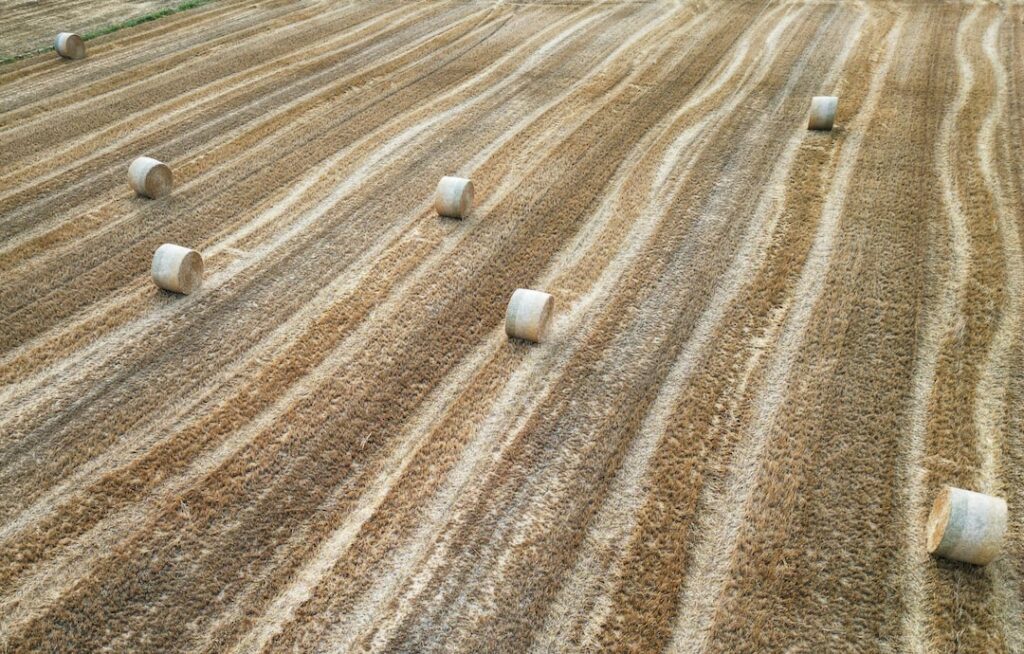Joint Note 27/2024 by S. Turchetti and V. Patacchini

In Tuscany, 2023 was the second warmest year since 1961, after 2022. All months of the year showed anomalous temperatures above average, except April (-0.6°C below average). Rainfall was quantitatively average, but concentrated in the spring period and later in early November. Adverse weather conditions had negative effects on production levels, especially for some crops. In 2023, Tuscan agricultural production at current prices remained stable compared to 2022, despite a fall in real terms of 3.9 percent.
The performance was heavily affected by the bad season in agricultural woody crops, with the exception of nursery farming, which managed to maintain production levels similar to 2022.As we will see in the next sections, olive growing and viticulture suffered particularly badly, but fruit growing also did not fare well.
The other factor affecting the season was the return of the inflationary process that had affected the previous two seasons.The net effect of cost and price contraction was not the same for all production orders. In some cases, the concomitance of the re-entry of the inflationary spiral and other events led to some instability in the markets, as in the case of the pig industry.